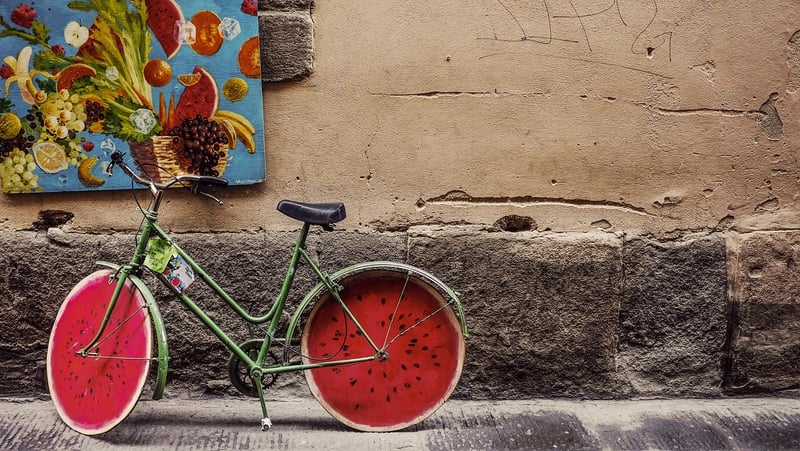Roaring 20s
The Roaring Twenties: A Glance at a Decade of Change
The 1920s, often referred to as the Roaring Twenties, was a period of significant cultural, social, and economic change around the world. This decade was marked by a vibrant spirit of rebellion, innovation, and prosperity, leading to a unique and dynamic era in history.
The Jazz Age and Cultural Shifts
One of the defining characteristics of the Roaring Twenties was the rise of jazz music, which became the soundtrack of the era. Jazz clubs flourished, and the music of artists like Louis Armstrong and Duke Ellington captivated audiences worldwide. This period also saw significant shifts in fashion, with the iconic flapper style symbolizing the newfound freedom and independence of women.
Economic Boom and Technological Advancements
The 1920s witnessed a booming economy in many parts of the world, particularly in the United States. The era was marked by the widespread adoption of new technologies such as automobiles, radios, and telephones, which revolutionized daily life and communication.
Prohibition and the Rise of Gangsters
Prohibition, the nationwide ban on the sale and consumption of alcohol in the United States, led to the rise of speakeasies and bootlegging operations. This era also saw the emergence of infamous gangsters like Al Capone, who became larger-than-life figures in popular culture.
The Great Depression and the End of an Era
Despite the prosperity of the 1920s, the decade ended on a somber note with the onset of the Great Depression in 1929. The economic collapse marked the end of the Roaring Twenties and ushered in a new era of hardship and uncertainty for many around the world.
Legacy of the Roaring Twenties
While the Roaring Twenties was a brief but impactful period in history, its legacy continues to resonate in the cultural and social fabric of society today. The spirit of innovation, rebellion, and cultural dynamism that defined the era remains a source of inspiration for many.
Explore More:

